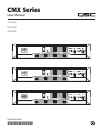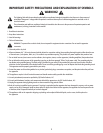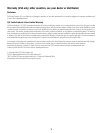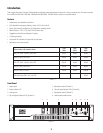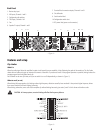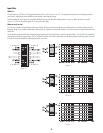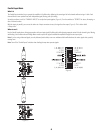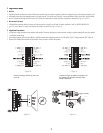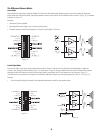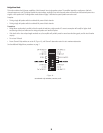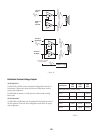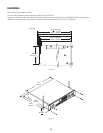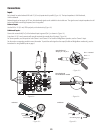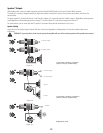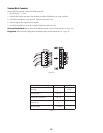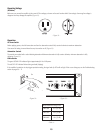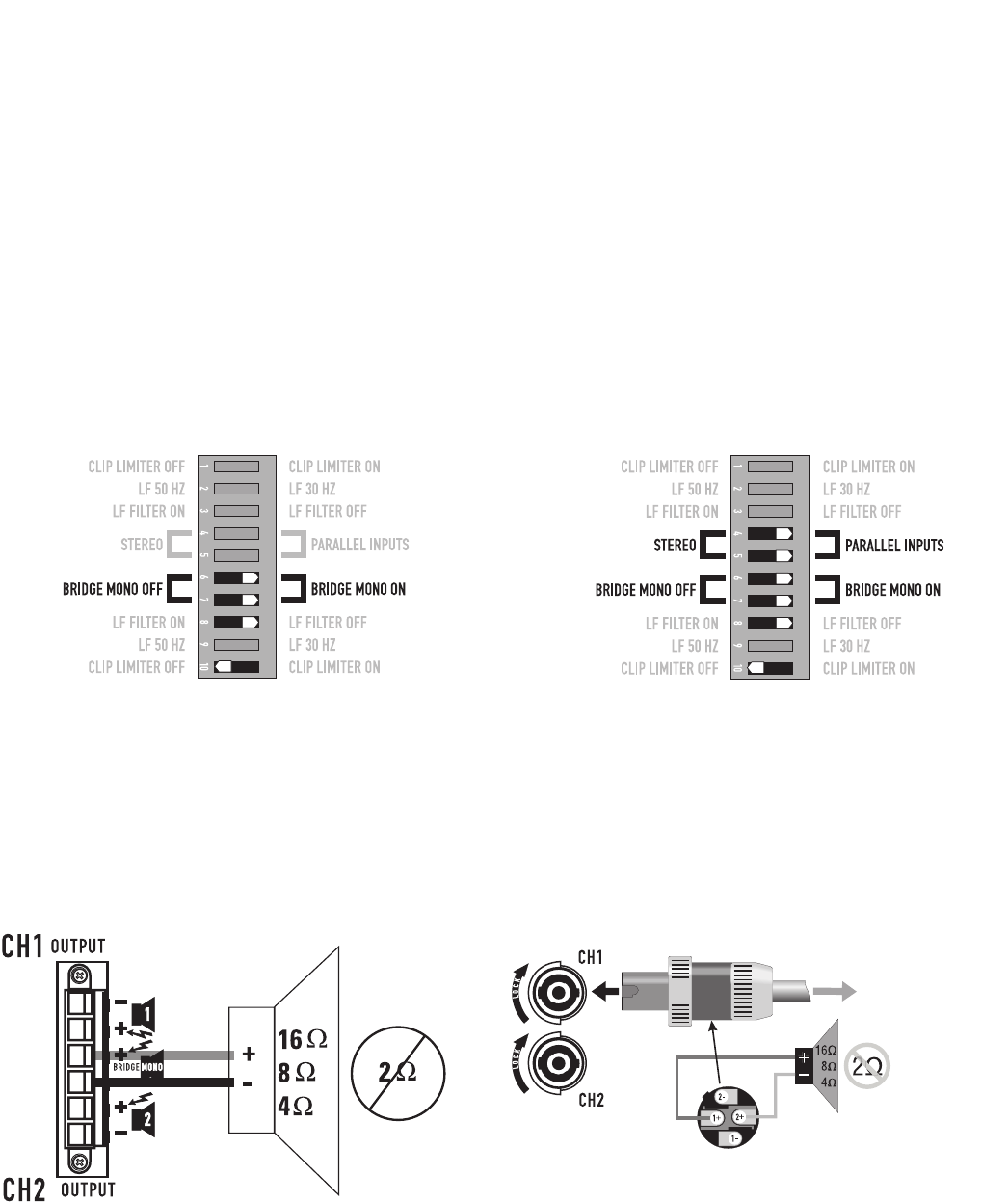
7
8
Bridge Mono Mode
What it is
Bridge Mono mode combines the power of both amp channels into one speaker, resulting in twice the voltage swing, four times the peak power, and
approximately three times the sustained power of a single channel. This mode uses Channel 1's input, attenuation control, input filter, and clip limiter;
Channel 2's dip switch settings should be in the OFF position, the attenuation control should be at maximum attenuation (Figure 10 and 11).
When to use it (or not)
Use Bridge Mono mode to deliver the power of both channels to a single 8 or 4Ω load. Set switch positions 6 and 7 to BRIDGE MONO ON
(Figure 10). Use Channel 1's inputs, and connect the speaker as shown in (Figure 12 and 13).
Bridge Mono Precautions
This mode puts a high demand on the amplifier and speaker, Excessive clipping may cause protective muting or speaker damage. Be sure the speaker
has a sufficient power rating.
Output voltages greater than 100 volts RMS are available between the bridged terminals of the CMX 800V. CLASS 3 wiring methods (NEC 1999), as
specified in accordance with national and local codes, must be used to connect the speaker.
To patch the signal to additional amplifiers, use
the parallel input switches described under
Parallel Input Mode.
Channel 2 settings, switches 8, and 10 are
set to off.
– Figure 10 – – Figure 11 –
– Figure 12 – – Figure 13 –
To speaker



